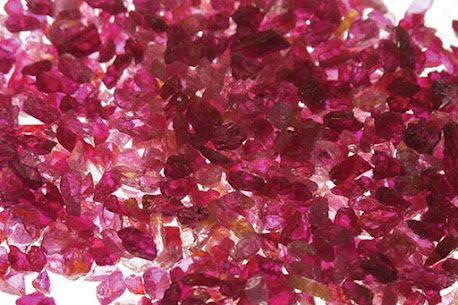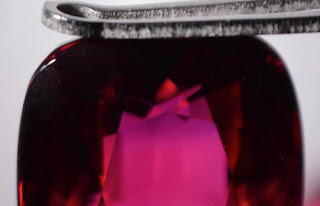Gemfields 1H earn revenue US$ 64.2 mn

The Group’s net debt as 30 June at USD 61.2 mn Recently, Gemfields announce the Company’s financial results for the six months to 30 June 2025 (2025 Interim Results and highlighted, Summarised Results. According to the Summarised Results, 1: total revenue for the six months to 30 June 2025 of USD 64.2 million. 2: EBITDA loss for the six months to 30 June 2025 of USD 4.9 million. 3: Free cash flow before working capital movements for the six months to 30 June 2025 of USD 22.1 million due to significantly lower auction revenue and substantial capital expenditure at Montepuez Ruby Mining (MRM) in Mozambique. The Group’s net debt position at 30 June 2025 was USD 61.2 million (before USD 16.1 million of auction receivables and which are now 100% collected). Sean Gilbertson, CEO of Gemfields, commented, “This has been a challenging first half marked by gemstone production difficulties at both mines. MRM experienced lower premium ruby output while Kagem Mining (Kagem) su...







